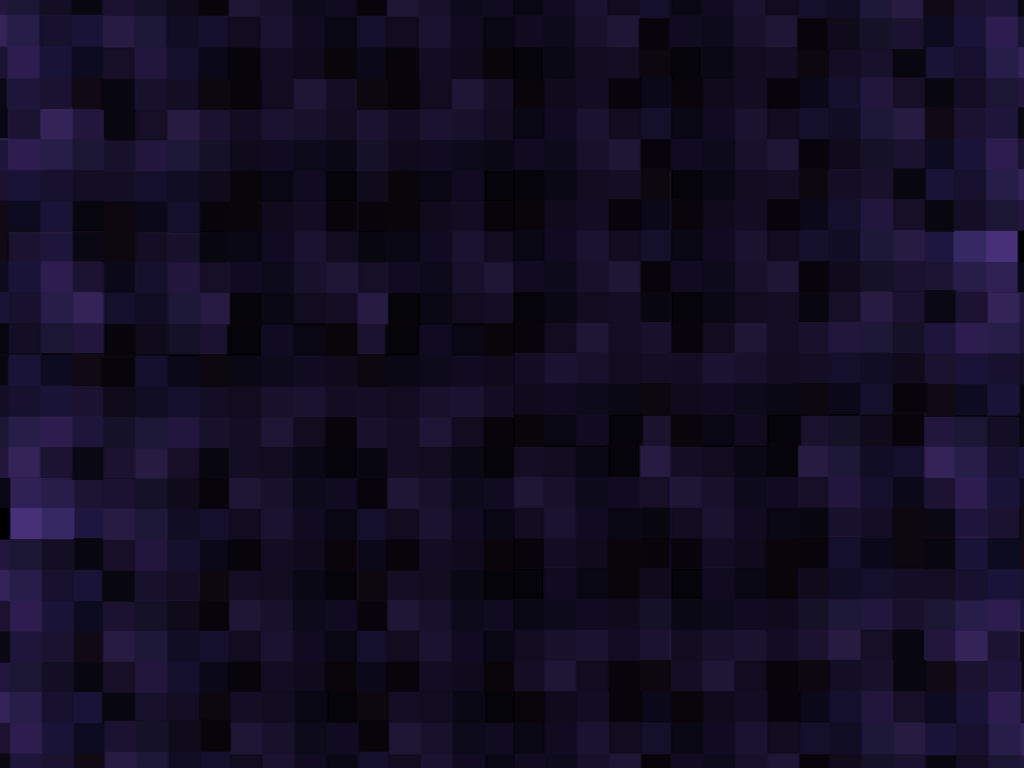Hope Mohr Questions the Boundaries of Dance at San Francisco's Theater Artaud
Kate Gaydos, The Daily Californian
March 9, 2010
Postmodern has become both a vague and highly contentious term in regards to art. While it marks a departure from the conventions of modernism, it is forever tied to-as long as it is defined by-its predecessor. Postmodern dance is no exception. Hope Mohr, founder and choreographer of San Francisco's Hope Mohr Dance, pays tribute to her predecessors and mentors Molisa Fenley and Yvonne Rainer in her most recent show entitled "Three Generations".
Performing at San Francisco's Theater Artaud, Hope Mohr Dance debuted Mohr's new piece "Far From Perfect," which incorporates spoken poetry by Brenda Hillman and projections of Agnes Martin's grid-like paintings. "Perfect" explores the nature of perfection and forgiveness in terms of artistic creation. Mohr invokes and reinvents the conventions of classical dance as she has her dancers-Laura Blakely, Derek Harris, Emily Hite, Cameron Growden and Tegan Schwab-move in and out of classical ballet poses. As they intentionally move off balance, break through lines, and break away from preconceived notions of "perfect" movement, the dancers articulate Mohr's simplistic and yet highly expressive choreography with fluidity and grace.
The show's second piece, Molissa Fenley's solo "Mass Balance," utilizes slow paced movement to challenge our conception of dance in space and time. The most interesting aspect of "Mass Balance" is the 10-foot white wooden dowel-a prop commissioned by artist Todd Richmond-around which Fenely orients her movement. At first the intentionally chaotic and dissonant music coupled with Fenley's slow movements make the piece feel, at times, slightly inaccessible. But as the piece progresses, so does its power to move the audience. Fenley maintains a firm but relaxed grip on the pole as she gracefully raises it above her head, extends it towards the ground and angles it towards and away form her body. Although only making minute changes in the angling of her body in relation to the pole, she commands the space around her with a physical presence as large as her dowel.
The show's closing piece, Rainer's pioneering postmodern work "Trio A" proved to be as avant-garde today as it was when it premiered in 1966. While the piece begins with music, it quickly fades out and we are left in silence with two dancers: Robbie Cook and Hope Mohr in street clothes and sneakers. Without expressive music, elaborate costumes or lighting, "Trio A" rejects spectacle and artifice. The dancers swing their arms around their waist with a mocking ambivalence and move through repetitive poses without emphasizing one movement over another. Rainer's choreography is intentionally uninflected. This seemingly monotonous movement along with the dancers internal focus would seem to separate expression from the dance. Yet by stripping dance down to an unadorned movement, Rainer seeks to uncover the raw expressive nature of movement itself.
Still, questions arise. When you take away the expressive elements (music, eye contact, emphasis) that we associate so closely with dance, what are you left with? Is it still dance? Is postmodern still relevant today?
Hope draws upon postmodern, modern and even classical movement to create a unique and exquisite aesthetic that exemplifies the cyclical process of reinvention. By paying homage to her mentors and inspiration, Mohr suggests that the past-postmodern dance in this case-continually influences the present and thus continually remains relevant.
http://archive.dailycal.org/
Walker Art Center
April 27-September 8, 2024
Click here for details
Marble House Project
May 28-June 18, 2024
Click here for details
Chautauqua Institution
August 17, 2024, 8:15pm
Click here for details
Untitled (Haiku)



